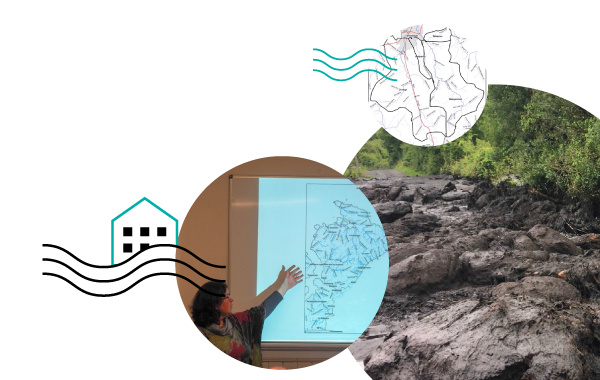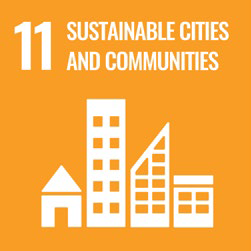Flood protection in rural communities
Dr. Mary Bourke
One of the most tangible threats of climate change is the frequency of extreme weather conditions.
These occur almost daily across our globe (i.e. superstorms, floods, bush fires, etc.).
In Ireland the threat of alternate flood and drought cycles have become more evident. The floods that took place in Inishowen peninsula in Co. Donegal during August 2017 are a prime example. 63% of the months average rainfall fell within nine hours damaging transport infrastructure (roads & bridges), wrecking private property (houses, cars) and devastating business (farmland).
Paradoxically, built infrastructure for protecting populations from extreme weather conditions will become less resilient due to climate change, making the infrastructure obsolete and potentially increasing risk. In this case the increase in rainfall will lead to extensive surface water that can no longer be physically retained, increasing its damage potential.
“Much of the impact of floods can be mitigated through nature-based solutions by engaging with the local communities and considering the best ways to implement them.”
 Dr. Mary Bourke in conjunction with the Inishowen Rivers Trust and the Office of Public Works is proposing nature-based solutions that will efficiently retain water in the landscape and slow down the flow of water reaching the channels. This is done by using drained peatlands to retain water for longer, install leaky dams in small streams and reconnect rivers to their own floodplains.
Dr. Mary Bourke in conjunction with the Inishowen Rivers Trust and the Office of Public Works is proposing nature-based solutions that will efficiently retain water in the landscape and slow down the flow of water reaching the channels. This is done by using drained peatlands to retain water for longer, install leaky dams in small streams and reconnect rivers to their own floodplains.




